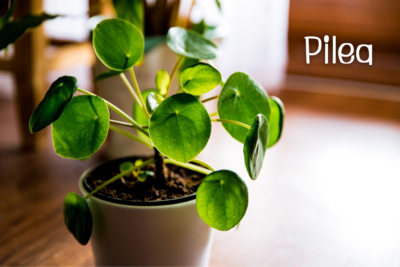
So, you love taking care of plants so much you want more of them but don’t want to spend any of your green to get some more green? I have the perfect suggestion for you.
Propagation.
Yes, propagation is positively perfect for saving your paychecks! In this blog, I will show you different ways of propagating different plants, focusing on trailing plants, succulents, and popular photo-sizing friends.
Before we begin, we just need a few things:
- Fresh soil for ready cutting or leaf
- Scissors/ knife (if necessary)
- Fresh Water
- Patience (this is the most important part)
The first plant we will propagate will be a trailing plant. For this, I will use one of my Philodendron Micans (one of my absolute favorites). The Philodendron Micans is part of the Philodendron family, but it has a very cool mutation in its leaves. Some Philodendrons have silver or blue hues to their leaves, but Micans takes it a step further by having a velvet look to it. In the light, you can see the soft glow it gives off because of this, but why does it have this fashionable gene? Philodendrons can be found in humid areas, and the Micans evolve to retain moisture, adding more to their molecules to catch some agua.

Philodendrons or other trailing plants like pothos are easy to propagate. We just have to look for a suitable node. Don’t worry, it won’t affect the plants’ singing, but it is a way for us to grow new roots for cutting. A node is a light-colored bump found along the plant’s stem. It is where the buds are located, as seen here:
We will cut the stem with our scissors a little above our node at a slight angle. We do not cut straight because it helps the plant heal the severed stem better. After we have cut our segment, we will place it in a glass jar with fresh water and have it in a place where you get a good amount of light. Maybe a window sill, perhaps!
Before I move on to the next step, a brief break to help you read the roots. You heard what I said, read the roots. This is important when you propagate because if you plant an unhealthy cutting, it will not give you a healthy plant. White roots are all right. Brown will give you a frown. Why does it matter? Brown or black roots say that there is decay caused by unclean water, in the water for too long and is now rotting, or, it is the node itself. Either way, it is okay if you lose a cutting. Things like that just happen!
Now, to finish the propagation process, once we have the roots, we will plant our cutting into a fresh pot of soil, and you are good to grow! (I am so sorry about that pun…I can’t promise that it won’t happen again, though!)
Who is next?
Oh yes, succulents!

My first type of plant in my collection! They are super duper easy to propagate. If your cactus has a pup or offshoot on the main plant, carefully twist it off with a pair of pliers or gloves and plant them in its own pot! For other succulents, like, a jade, burro’s tail, or rubber plant, you can pluck it from the plant (just be careful when plucking to avoid damage) and wait a few days before repotting. Why do we wait? The leaf needs to heal over to be able to grow new roots. Once it has “scabbed” / “healed” over, just place it into its pot, and voila, you will have a new plant.
Finally, our popular plant…. Hmm… let’s choose a Pilea, also known as the Chinese Money Plant.


Cute, isn’t it? Sometimes we can propagate this puppy with an offshoot, just like we can do to a cactus. Another way to do it is with a leaf, which can be tricky. I have attempted to propagate a leaf cutting from a Pilea three times. Of those three times, I have been successful once. Either I am bad at it, or this plant is giving me a run for my money. To propagate from the leaf, you need a knife and patience. You have to cut a sliver of the stem along with the plant, I am not sure of the science, but this promotes root growth. If you have too little of the root fragment, it will not take too much, it will hurt the parent plant. Just take your time, and once you have your perfected propagation, you will just plant it like any other cutting.
Wow! Look at your growing garden, how awesome is that? What’s even better is that we didn’t need to lose any green to gain more.
Happy gardening everyone, and thank you for tuning into Gardening with Ms. Kate!
For more information on propagation, click here.





